Major California housing bill dies in first committee hearing
By KATY MURPHY | kmurphy@bayareanewsgroup.com | Bay Area News Group
PUBLISHED: April 17, 2018 at 5:54 pm | UPDATED: April 18, 2018 at 5:42 pm
SACRAMENTO — A sweeping bill that would have given the state unprecedented power over local development failed in its first committee hearing, crushing the hopes of those who saw it as the key to making housing in the state more affordable.
At a lively and crowded hearing Tuesday, the Senate Transportation and Housing Committee blocked Senate Bill 827, a bill to force cities to allow apartments and condominiums of roughly four to five stories within a half mile of rail and ferry stops — as well as denser housing near bus stops with frequent service.
The vote abruptly halted a feverish debate over one of the biggest housing proposals introduced in Sacramento this year — one which took aim at cities reluctant to embrace larger developments. Its demise also underscored the political realities and pace of change at the Capitol, even as pressure mounts for the state to respond to runaway housing costs.
“Every housing advocate should know that this was always going to be an uphill battle,” said Laura Foote Clark, executive of San Francisco YIMBY Action, which advocates for more housing construction. “Of course there are going to be setbacks, but we are going to rally and keep fighting for it.”
Just four of the 13 committee members, including the bill’s two main authors, Sens. Scott Wiener, D-San Francisco, and Nancy Skinner, D-Oakland, supported the proposal.
Some senators said they liked the idea of housing density near public transportation, but the details were off: that the bill didn’t make sense for smaller, more rural areas, or that its affordable housing provisions weren’t strong enough.
“My challenge, frankly is the one-size-fits-all approach to the bill,” said Sen. Richard Roth, D-Riverside.
When the bill’s fate became clear, Wiener vowed to keep the idea alive — a sentiment echoed by a number of his colleagues, even some who voted against it. “Whatever happens today,” he said, “we’re going to keep working.”
As he made his case to his colleagues, Wiener had argued the ambitious proposal was long overdue, given the state’s spiraling housing costs and freeways clogged with long-distance commuters who can’t afford to live near their jobs. Wiener, a former San Francisco supervisor elected to the statehouse in 2016, says he knows firsthand the pressure on local elected officials to preserve the status quo, and that the bill would bring sorely needed housing where it is needed the most.
“In California, for decades now, we have made a conscious decision that having enough housing simply doesn’t matter,” Wiener told the committee earlier as he made his case. “SB 827 promotes exactly the kind of housing that we need.”
The bill was sponsored by California YIMBY, a coalition of pro-development Yes In My Backyard groups who are newcomers to Sacramento politics. Also backing it were Silicon Valley CEOs and development and real estate trade associations. Dozens of urban planning and housing experts have lined up in favor of the proposal, arguing it could encourage more racially integrated neighborhoods and ease the state’s housing shortage. But the proposal had an even longer list of detractors, including scores of cities and many tenants’ rights and affordable housing groups who predicted it would hasten gentrification and put tenants at even greater risk of displacement.
The state’s influential construction union, the State Building & Construction Trades Council of California, also came out against the bill, which did not include prevailing wage standards or other labor-friendly provisions.
The vice mayor of Beverly Hills, John Mirisch — a vocal opponent of SB 827 — drew cheers and laughter when he called the bill “the wrong prescription,” likening the effort to “trying to cure psoriasis with an appendectomy.”
How BART extension will change the South Bay, fossil’s found in dam construction find new home at UC Berkeley and Raiders have NFL’s only female strength coach are today’s Current featured stories.
At least twice during the hearing, the committee chairman Sen. Jim Beall, D-Campbell, had to tell the crowd to be quiet. “No outbursts whatsoever,” he said.
Wiener twice amended the bill after its introduction in January. The second set of changes, made last week, lowered height limits, gave cities more time to prepare for the new rules to take effect, and added provisions that the senator argued would protect low and middle-income tenants at risk of losing their homes.
But the new language did little to neutralize the opposition.
Related Articles
Why did California’s major housing bill fail so quickly?“We just think it was very, very deeply flawed from the start,” said Anya Lawler, a policy advocate for the Western Center on Law & Poverty, in an interview Tuesday. “Do we support high density housing near transit? Of course we do. But we have to be very thoughtful about how we get there.”
In a statement issued after the vote, Wiener said the outcome was not a surprise, given the scope of the proposal.
“I have always known there was a real possibility that SB 827 – like other difficult and impactful bills that have come before – was going to take more than one year,” he said. “… I will continue to work with anyone who shares the critical goals of creating more housing for people in California, and I look forward to working in the coming months to develop a strong proposal for next year.”


 thinkhomewood.com
thinkhomewood.com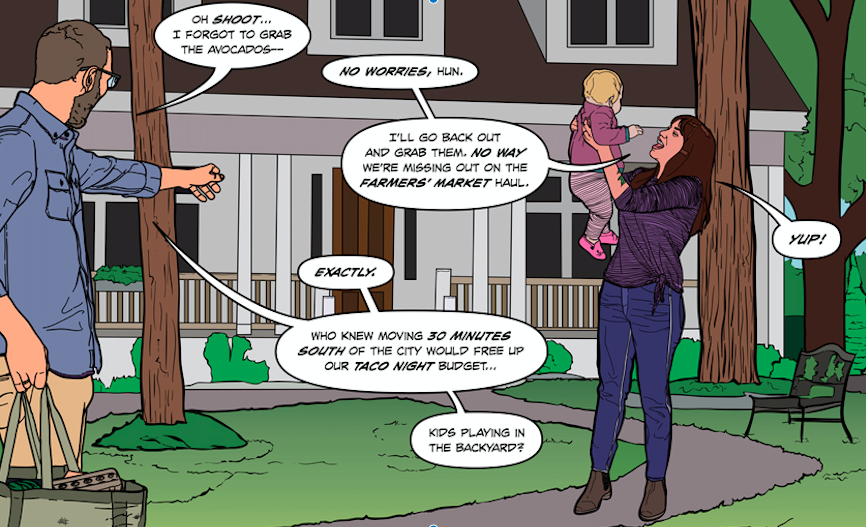 (thinkhomewood.com)
(thinkhomewood.com)
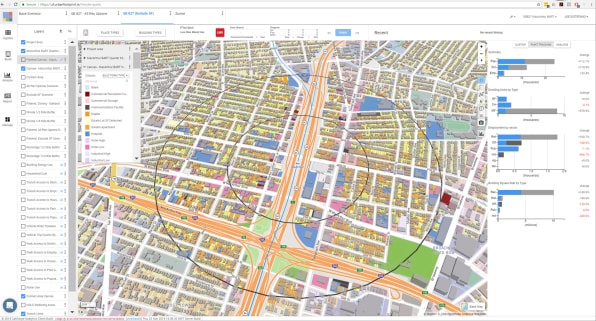 [Image: courtesy UrbanFootprint]
[Image: courtesy UrbanFootprint]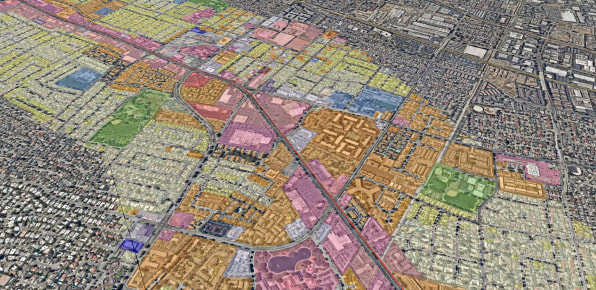 [Image: courtesy UrbanFootprint]Co-founders Peter Calthorpe and Joe DiStefano first started using data in a similar way–without the software–around 25 years ago. As they had worked with cities as consultants, they’d seen information gaps. “Whether it was a decision about how to invest in transportation or a decision about where and how to put housing, battles about sprawl versus transit-oriented development, all this stuff was being done in a next-to-factless vacuum,” says DiStefano.
[Image: courtesy UrbanFootprint]Co-founders Peter Calthorpe and Joe DiStefano first started using data in a similar way–without the software–around 25 years ago. As they had worked with cities as consultants, they’d seen information gaps. “Whether it was a decision about how to invest in transportation or a decision about where and how to put housing, battles about sprawl versus transit-oriented development, all this stuff was being done in a next-to-factless vacuum,” says DiStefano.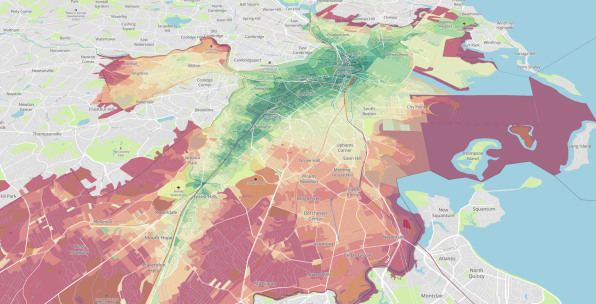 [Image: courtesy UrbanFootprint]“When you lay out all the facts against all the scenarios what happens is there are few really truly virtuous strategies that rise up and solve many problems simultaneously,” says Calthorpe. “And when you find those strategies you get a political consensus that didn’t exist before.”
[Image: courtesy UrbanFootprint]“When you lay out all the facts against all the scenarios what happens is there are few really truly virtuous strategies that rise up and solve many problems simultaneously,” says Calthorpe. “And when you find those strategies you get a political consensus that didn’t exist before.”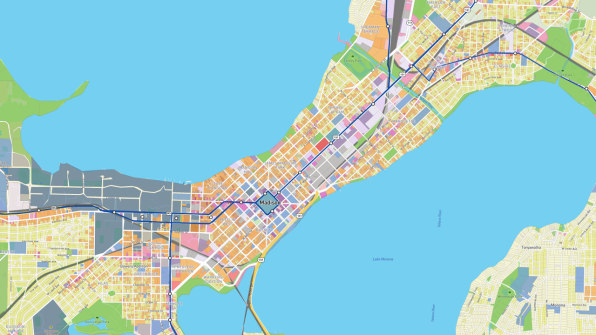 [Image: courtesy UrbanFootprint]
[Image: courtesy UrbanFootprint] [Image: courtesy UrbanFootprint]
[Image: courtesy UrbanFootprint]